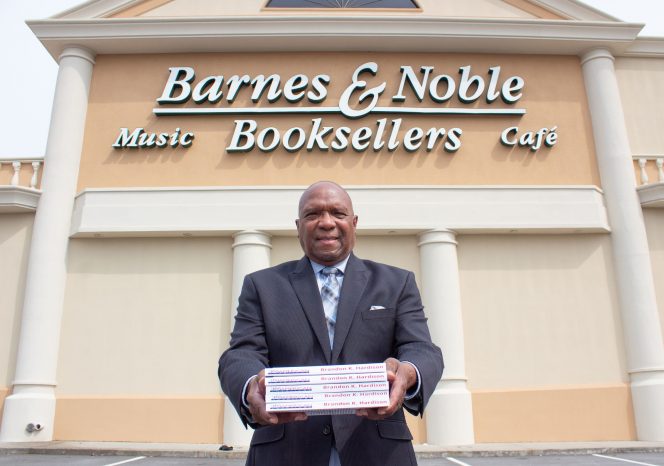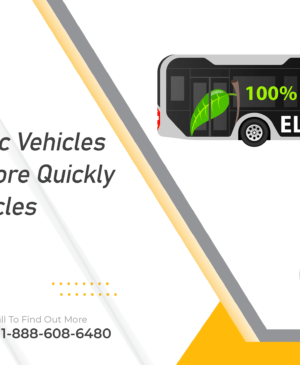HARDISON’S TIPS – OCTOBER 23, 2020 – SELLING YOUR PRODUCT/SERVICE TO A SMALL BUSINESS (PT.5)
Presenting and Closing
Because the buyer hasn’t been able to try, touch, or demo your service, how you’ve presented yourself and the value you can bring relative to the competition is crucial. If you’ve effectively uncovered a buyer’s challenges and proved your expertise and ability to solve the challenge, you’ve positioned yourself well to earn a customer.
These include all of the things—differentiation, always be helping philosophy, social proof, great discovery questions—required to win service business. Now it’s time to put what you learned into a presentation that wins the sale.
Create a powerful proposal
A lot of companies lead their proposals with who they are, their accomplishments, and a list of their multiple offices. Don’t do this—not yet, anyway. The buyer doesn’t care. They only care about themselves and how you can help them.
To start, and this is key, use the information gathered from discovery to address the buyer’s challenges and goals. Then move on to your solution showing how it will solve their problems and help them achieve their goals. Use data if possible to support this. Include a case study or testimonial page followed by your pricing.
The pricing page should include good, better, and best options. That’s called versioning and has been practiced by companies selling products and services for years. The three choices give the buyer a feeling of control and allow you to provide different levels of service value based on the buyer’s needs. This pricing method is employed by a company app likely sitting on your phone right now—Uber.
Finally, add a timeframe (if needed) and a company page. Here’s an outline to follow for an entire proposal.
- Executive summary with challenges/goals/solution and value overview
- Your services
- Case study/testimonials from similar customers
- Three service pricing options with a recommended option
- Timeframe if applicable
- Info about your company, awards, etc.
As you present your proposal, periodically ask, “Does that make sense?” or “Do you have any questions about XYZ?” Pause and give them time to respond. If they have questions or concerns, this is the time to address those.
Up until this point, you’ve shown that your team is best prepared to solve the buyer’s challenges and help them reach their goals. You’ve asked pertinent questions. And your proposed services show how they solve those challenges within a competitive budget. If you’ve done all of these things, you’ve positioned your company for a better chance to close.
At the end of your proposal review meeting, ask:
“Is there anything we didn’t address that was important to you?”
If the answer is no, ask for the sale.
“Are you ready to move forward/sign the contract?”
Following Up, Post-Mortem, and Staying Connected
You won’t always get a yes when you ask for the sale—buyers are usually reviewing multiple proposals or quotes. Ask them about their review process (if you didn’t cover this in discovery) and when they can expect to get back to you. If you lose the sale, try to figure out what went wrong.
If a buyer just disappears from the process altogether, knowing how long to keep pursuing and when to quit will improve your chances of closing and save you time to spend on other, more promising opportunities.
Follow up—and know when to break up
A buyer misses your next scheduled call or appointment. They no longer respond to emails. Potential buyers can go “dark” anywhere along the way for a variety of reasons, whether you’ve had just one call or nearly crossed the finish line with your proposal. You’d like to know why they aren’t responding, but first, you need to attempt to contact them—and there’s a right number of contact attempts.
Research suggests that the majority of salespeople (66%) give up after making just two contact attempts. This means if you make three attempts, you’re already in the top third. But in order to have the best chance of closing, you should follow up at least five times. About 80% of sales occur only after at least five contact attempts.
If after these attempts, you still haven’t heard from the buyer, it’s time to send a break-up email. Keep it short and sweet, letting them know you’re there to help if they still need it, but that you will no longer be contacting them.
Do a lost sales post-mortem
If the buyer decided to go with another company, ask them why. You won’t always get an answer (or even a response!), but knowing the reasons you lost a sale can help you in the future. Common reasons for lost sales are:
- Competitor has lower prices
- Competitor has more closely related experience with the service
- Competitor has more internal resources
- They “felt” more confident the competitor could solve their problem
- Competitor’s company culture was a better fit
Some reasons, like cultural fit, will be mostly out of your control. Others, like pricing, could have been addressed in the discovery process with deeper questioning around budget. Go back to your discovery notes or recording and listen to the conversation around budget. Chances are there were buyer red flags and not enough probing around this area—or it wasn’t covered at all.
Determine what happened and make corrections for the next time.
Connect and stay in touch
For B2B sales, always send a LinkedIn connection request to those you have conversations with during the sales process. It doesn’t hurt to do this early on—once you’ve had at least one conversation. Be sure to review their profile to understand their responsibilities, background, and who they’re connected to (maybe some of your competitors!). Jobs and emails change, but you can usually contact someone through LinkedIn.
For B2C sales, send periodic emails or mailers letting them know you’d still love to earn their business. Incentives such as discounts help. Even if you lost business to a competitor, you never know when that person will become dissatisfied and want a change.
That’s the beauty of selling services: someone can’t return that vacuum after three months of using it because they “don’t like it,” but they can switch services—whenever they want. Or whenever you entice them to.










Leave a Reply